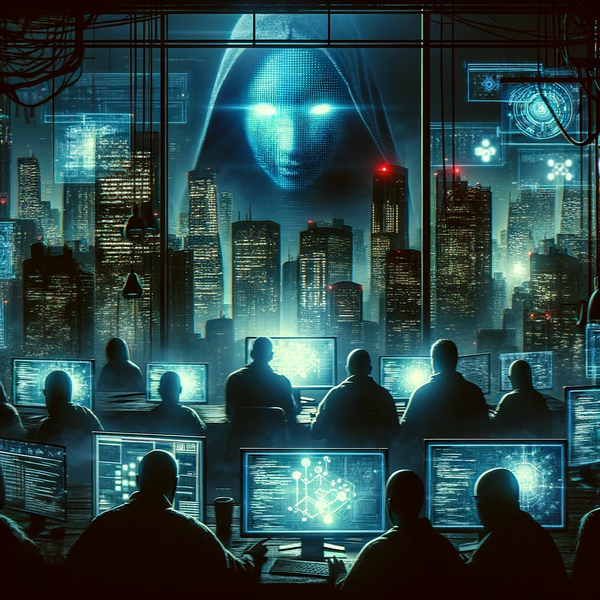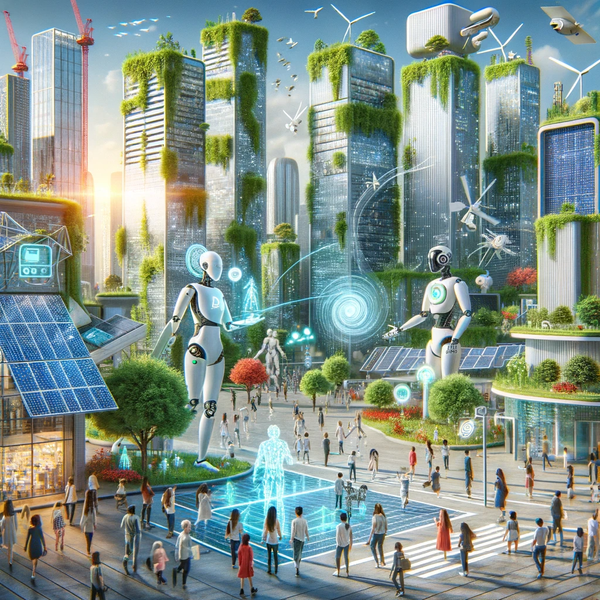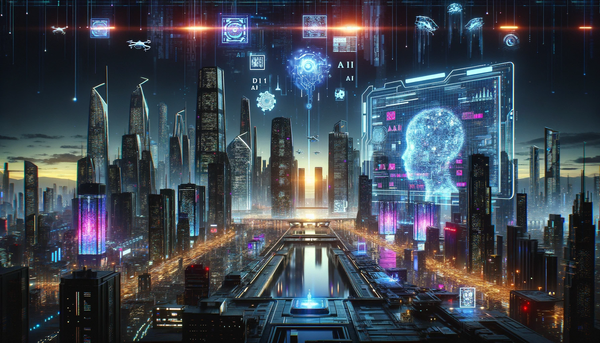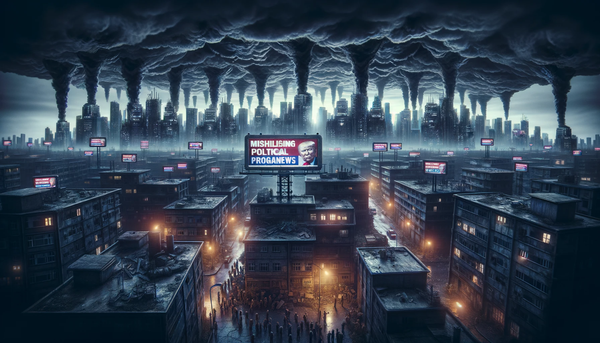Is the world ready for AI? Are you?
In a world where AI and LLMs like GPT blur lines between truth and fiction, the challenge of discerning AI-generated disinformation looms large. Is society equipped to differentiate fact from AI-crafted falsehoods?

As artificial intelligence (AI), specifically Large Language Models (LLMs) like GPT, continue to evolve, they represent a significant shift in how information is created and consumed. However, this technological advancement brings with it a daunting challenge: the risk of widespread disinformation. In a world already grappling with 'fake news' and alternative facts, the emergence of AI-powered tools capable of generating convincing text poses a serious question: is the world ready to discern truth from AI-generated falsehoods?
The Rise of AI and LLMs: A Double-Edged Sword
The development of AI and LLMs has been meteoric. Tools like GPT (Generative Pre-trained Transformer) have demonstrated remarkable abilities in creating content that closely mimics human writing. This capability is groundbreaking, offering potential benefits in education, business, and creative industries. However, it's a double-edged sword. The same technology used to automate mundane tasks or generate creative content can be weaponized to create convincing disinformation at an unprecedented scale.
The Disinformation Dilemma
The core issue with AI-generated content is its authenticity. While AI can mimic human writing, it doesn't adhere to ethical or factual standards. This opens the door to the mass production of false information, tailored to be indistinguishable from legitimate sources. The implications are alarming, particularly in the context of social media, where false information can spread rapidly, influencing public opinion, swaying elections, and even inciting violence.
The Challenge of Discernment
The primary concern is whether individuals and institutions are equipped to distinguish AI-generated falsehoods from authentic information. The sophistication of LLMs like GPT means that the traditional markers of fake content (such as poor grammar or factual errors) are no longer reliable indicators. This challenge is compounded by the speed at which information spreads online, often outpacing the ability of fact-checkers and algorithms to verify content.
Potential Solutions and Ongoing Debates
As the AI field evolves, so do discussions about regulatory frameworks and technological solutions to combat disinformation. Some propose watermarking AI-generated content or developing more sophisticated detection algorithms. Others argue for stricter regulations on the use of LLMs. However, these solutions face significant hurdles, including the global nature of the internet, free speech concerns, and the rapid pace of technological advancement.
Conclusion: A Dark Outlook but Not Without Hope
The integration of AI, LLMs, and tools like GPT into our digital ecosystem is a reality that cannot be undone. While the potential for disinformation is a dark cloud looming over these advancements, it's not an insurmountable challenge. The key lies in awareness, education, and the development of robust systems to ensure that the benefits of AI do not come at the cost of truth and trust. As we stand at the crossroads of this technological revolution, the collective effort of governments, tech companies, and civil society will determine whether we can harness the power of AI while safeguarding the integrity of information. The world may not be entirely ready for this challenge, but there is still time to prepare and adapt.



